Testfahrt
Škoda Enyaq iV 80 - a pleasant surprise, the best car on the MEB platform so far
One might say that cars using the MEB platform are quite similar to one another and that it doesn't matter which one you choose. This is partly true, but Škoda tried to differentiate Enyaq sufficiently from its siblings, the VW ID.4 and the Audi Q4 e-tron.
Comfortable chassis
After picking up the Enyaq in Prague, my first impression was clear: a perfectly set up, comfortable chassis. Enyaq also shows that it works even on large tires (235/50 R20 front, 255/45 R20 rear). It can beautifully "iron out" common and adverse inequalities.
Brakes
We evaluated whether the very heavy Enyaq can brake well even in a critical situation, and it achieved a very respectable value of 35.6 meters on a dry road going from 100 km/h down to zero (measured by the accurate Dragy GPS).
Infotainment, steering wheel
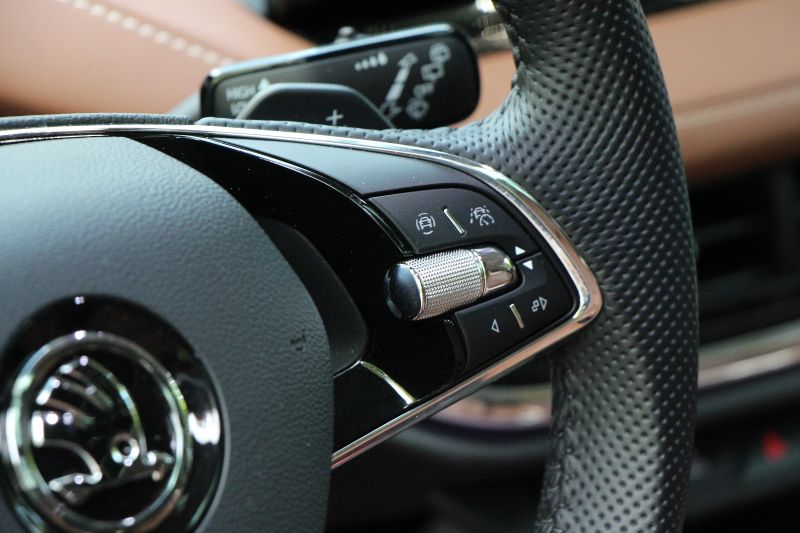
Fortunately, the designers of the Škoda Enyaq chose not to use the oft-criticized steering wheel with touchpads found in the VW ID.3 and ID.4, and what a relief it was. Everything is controlled easily and simply at once. Unfortunately, the air conditioning control is only in the display menu, so changes must be made with a few clicks on the display. The temperature control itself is constantly shown on the display. The speed of the whole infotainment system is quite decent.
The voice assistant sometimes works well, but sometimes it doesn't understand a fairly common question - for example, "find me the nearest chargers". Likewise, long route planning is imperfect, because for some reason, the system has not yet mapped all the chargers in Europe.
The small display in front of the steering wheel is sometimes criticised for its size (only 5.3 inches). But it actually isn’t all that small; it would be enough to simply enlarge the tiny font, for example, for temperature, time or range.
Luggage compartment - Skoda did not disappoint
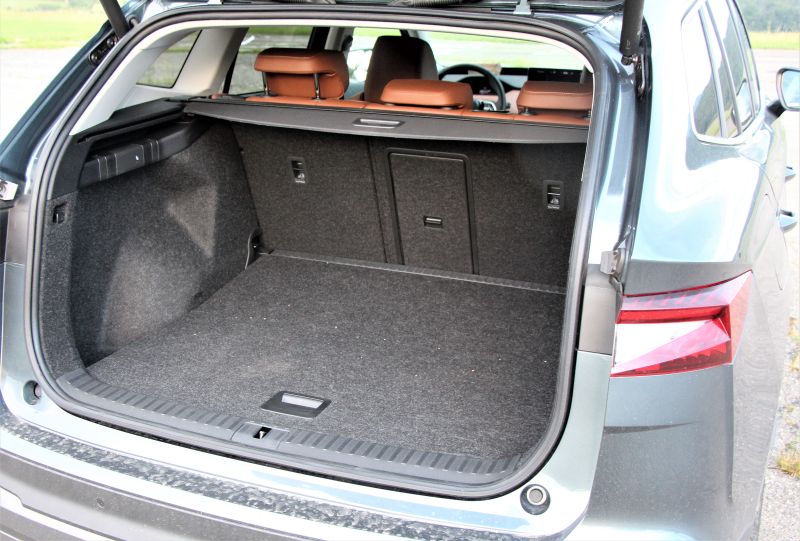
585 l
How does Enyaq rate in terms of roominess? If we start with the luggage compartment, we will find that of all the MEB platform-cars, Enyaq has the largest luggage space, both normally (585 l) and after folding the backrests (1,711 l). In addition, there is a large space under the boot floor for placing charging cables.
The legendary Simply Clever continues :)
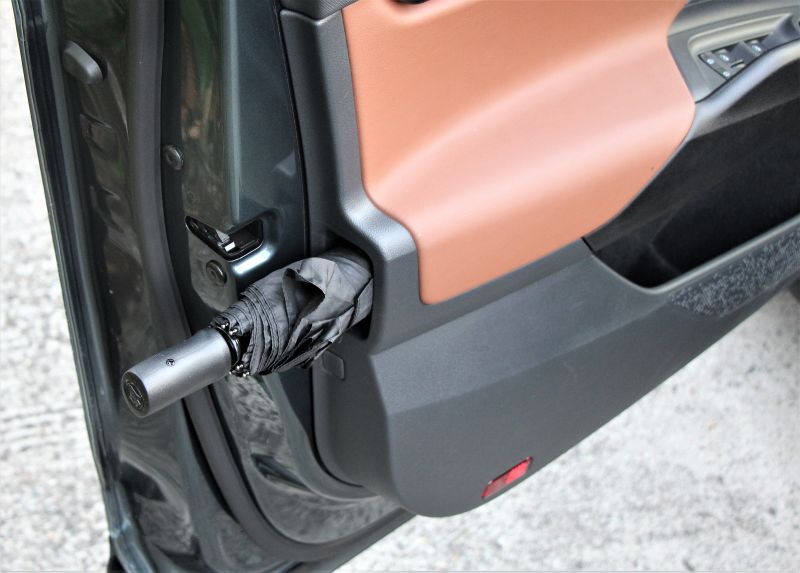
As for the now legendary Simply clever solutions, we still have umbrellas in the front doors (one on each side), and large 1.5-liter bottles can fit in the door pockets, even in the back doors. A glass scraper is stowed away in the fifth door. Another feature is the small pocket for mobile phones on the back of the front backrests.
Interior space and build quality
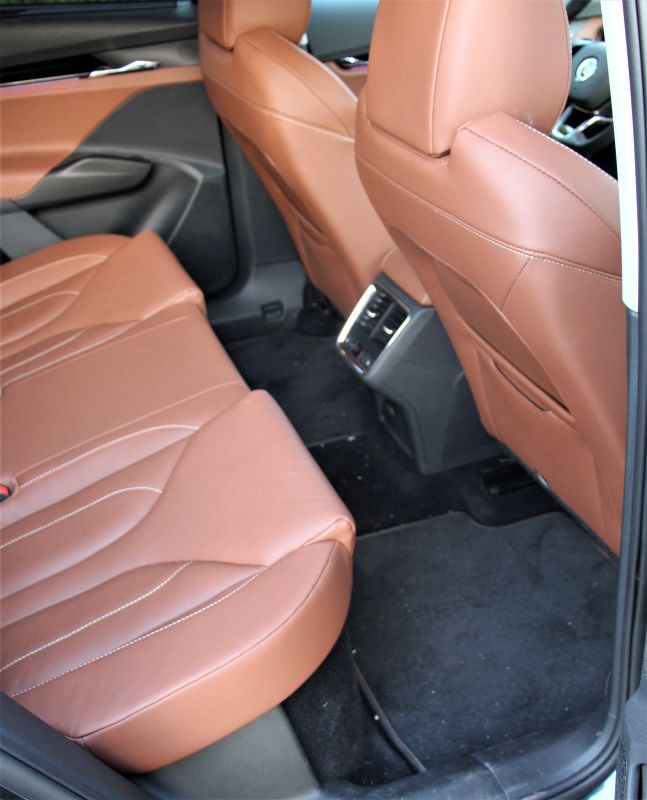
The interior has ample space in all directions; a person 185 cm tall can fit comfortably in the back seats with about 10 cm of space in front of the knees. The back even offers plenty of head room, and the flat floor is a matter of course.
The space in front is also good, and the wide center console doesn't crowd the legs. It has, I would say, the ideal width, so there is enough space for the driver and front passenger in all directions. If I compare the interior with, for example, the recently tested Audi Q5, the Enyaq wins by a few centimetres, especially in the rear seats.
What is definitely worth mentioning is the build quality of the Enyaq from bumper to bumper, where I see almost no concessions compared to its sibling, the Audi Q4 e-tron. The interior as a whole looks very robust and refined.
Power, consumption and range
These last paragraphs will interest potential buyers of the Enyaq perhaps the most. The power of the electric motor located at the rear axle and driving the rear wheels is 150 kW with a torque of 310 Nm. These are particularly good values for a normal family car, but it is necessary to take into account that the Enyaq is not light at all (at 2,280 kg). For family purposes, the power is more than plenty. This is also proven by the acceleration we measured at 8.4 seconds from a standstill to 100 km/h.
An interesting feature is that immediately after boarding, Enyaq is ready to leave. So it is not necessary to press a start button, but just put it in D and go.
Enyaq’s consumption is decent too. I covered 300 km twice on the highway, once with a consumption of 22 kWh/100km, the second time 22.9 kWh, which translates to a motorway range of cca 330-340 km. In urban and suburban traffic, it is possible to achieve more impressive values around 17-18 kWh, which means a range of over 400 km. In combination for the whole test, I drove slightly below 20 kWh/100 km, which is a solid value for such a large family car.
Charging
Charging is possible with an output of up to 125 kW, which is quite an excellent value, and if we have such a powerful DC charger available along the way, it is not a problem to continue with another 200 km of motorway or 300 km of city traffic after 35 minutes of charging.
Conclusion
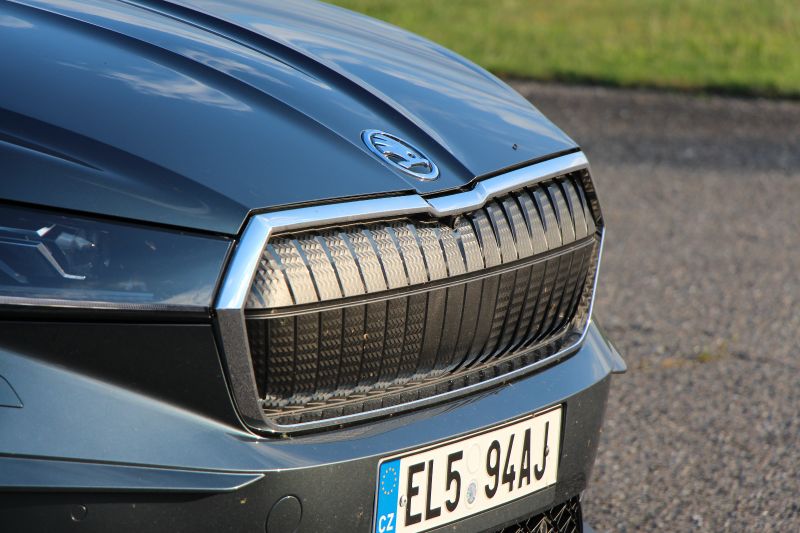
Škoda's first family electric car is a success. It has managed to carry over most of what car owners like about Škodas to the new world of electromobility, and at the same time, it is also a very well-made electric car.
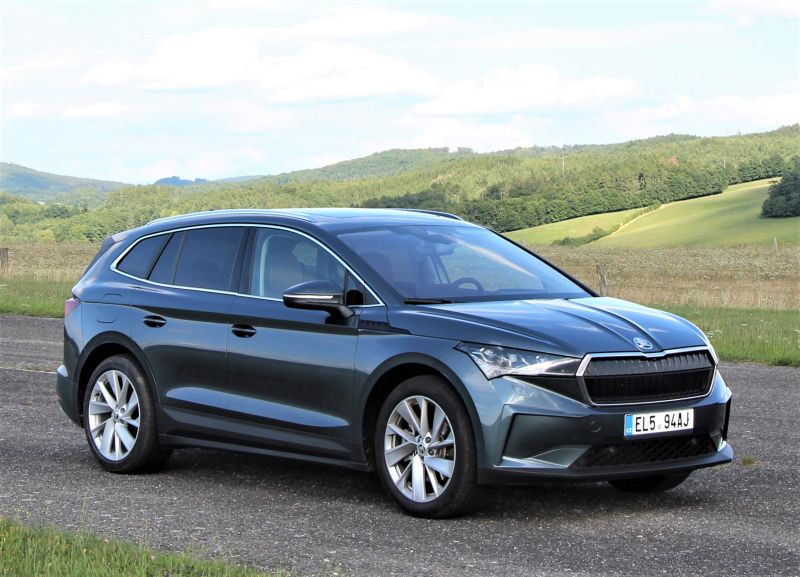
 Tomas
Tomas

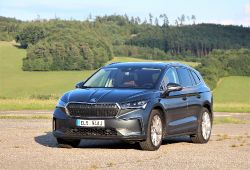
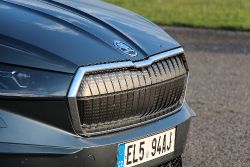
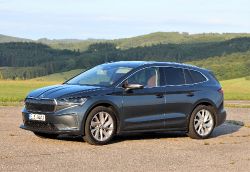
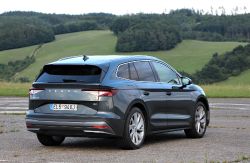
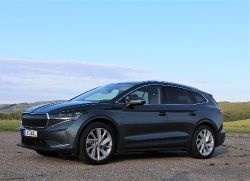
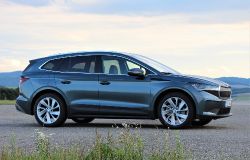
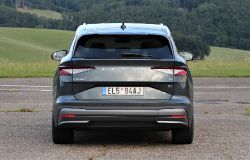

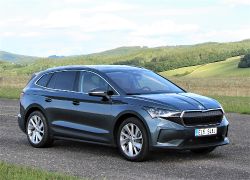
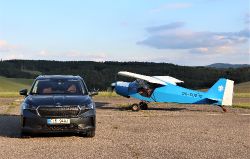
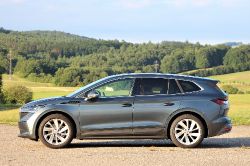
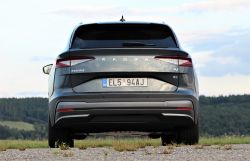
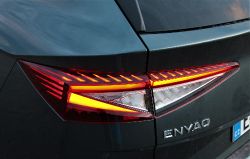
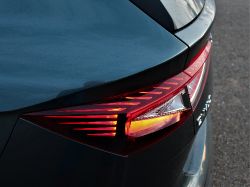
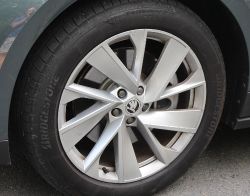
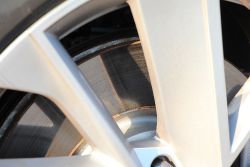
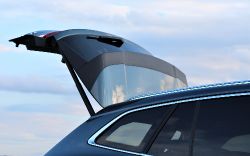
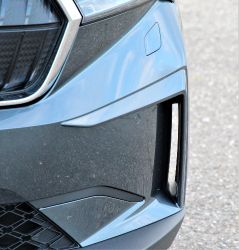
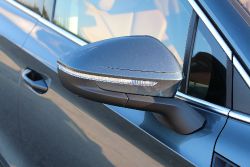
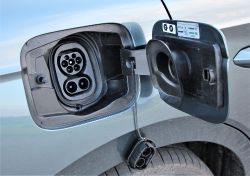
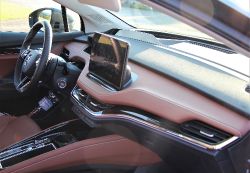
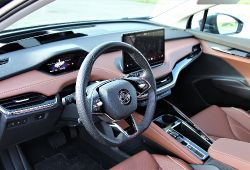
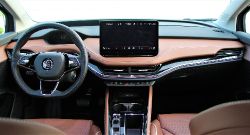

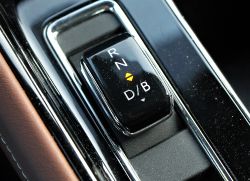
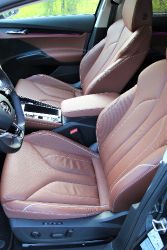
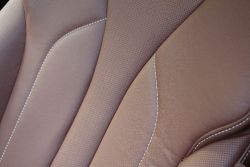
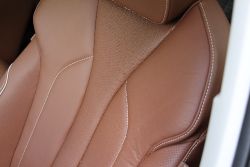
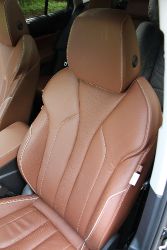
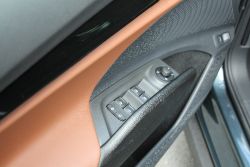
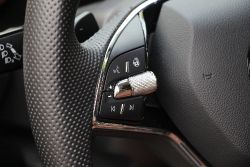
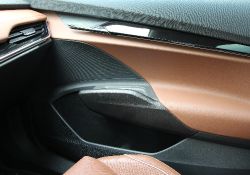
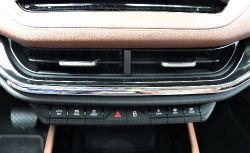
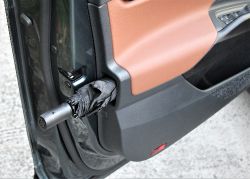
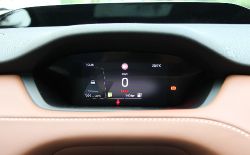

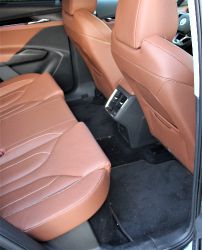

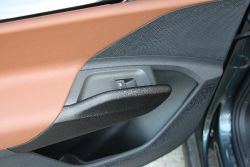
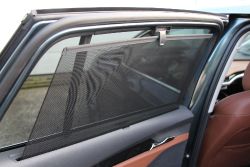
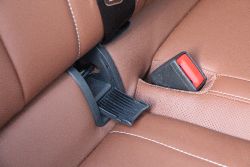
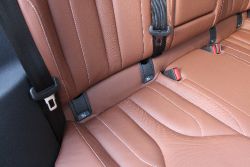
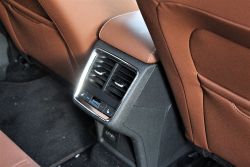

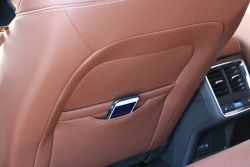
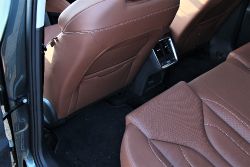
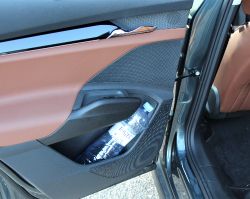
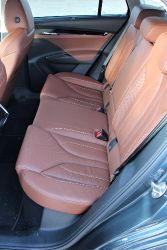

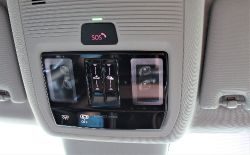
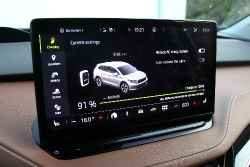
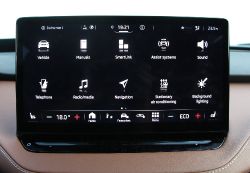
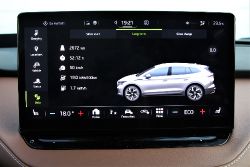
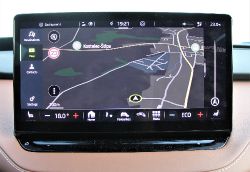
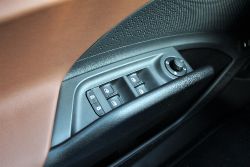
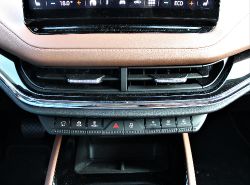
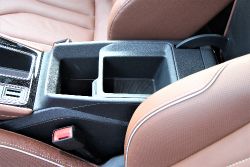
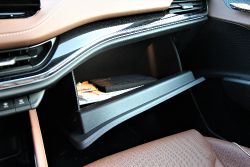
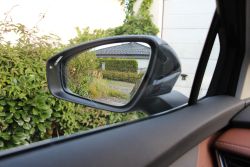
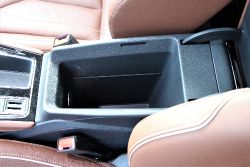
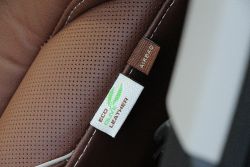

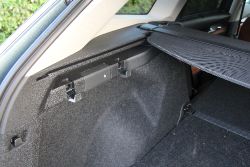
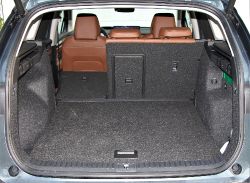
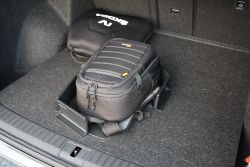

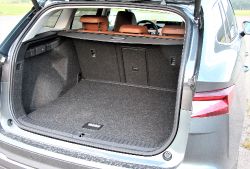
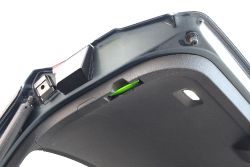
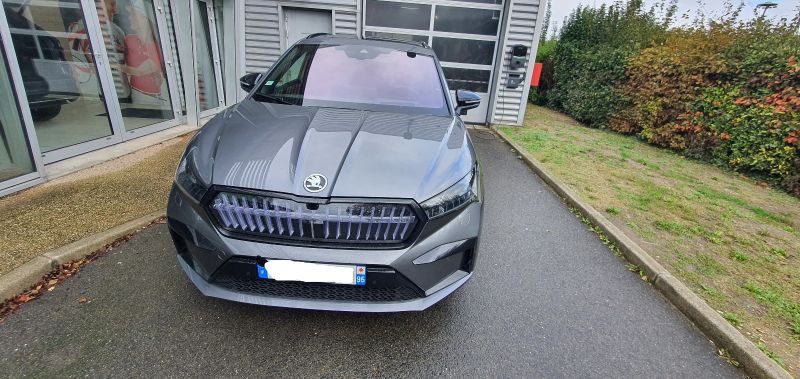
 LioD972
LioD972
 Leon
Leon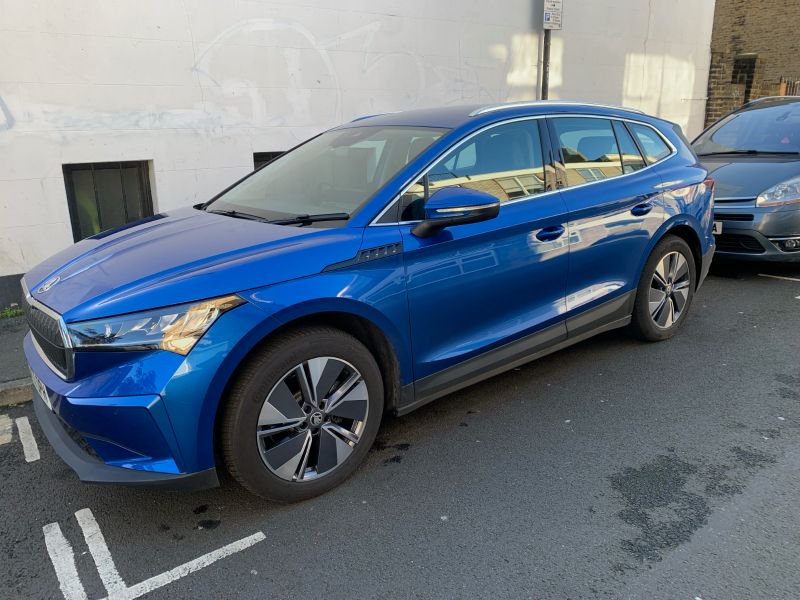
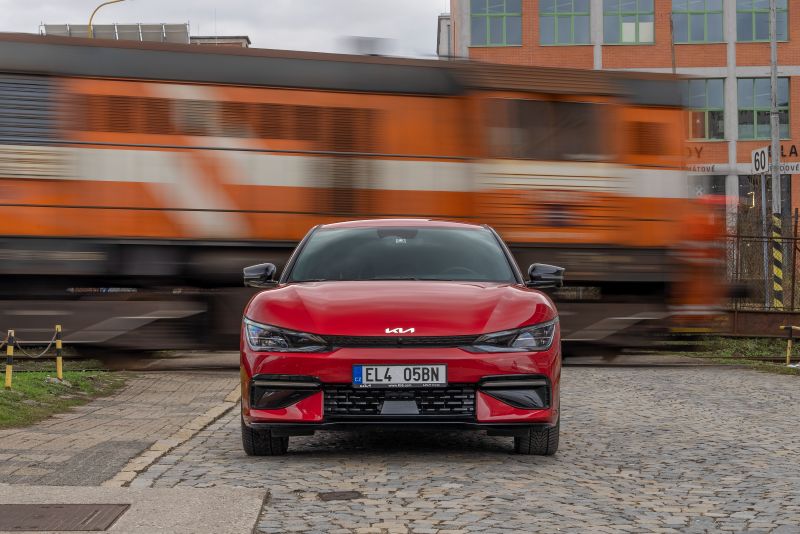
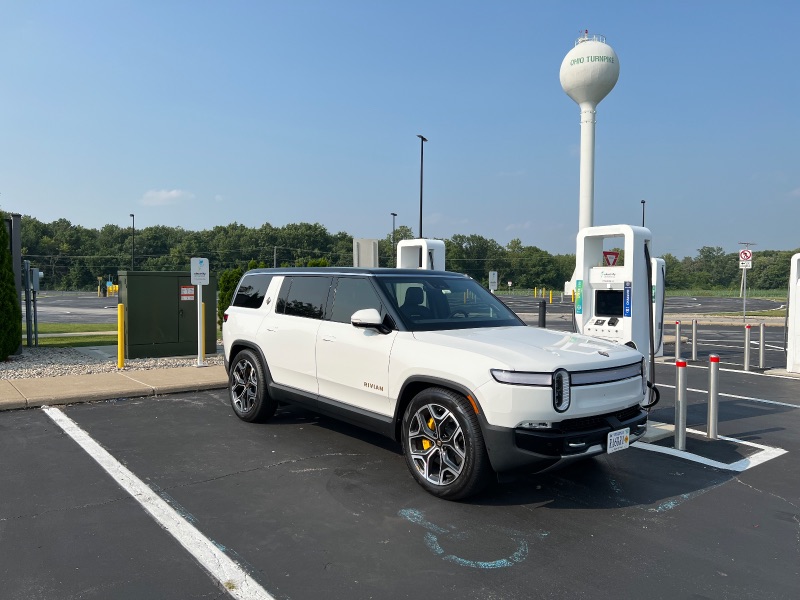
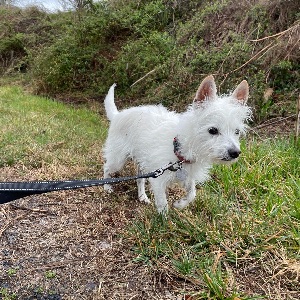 dongruike
dongruike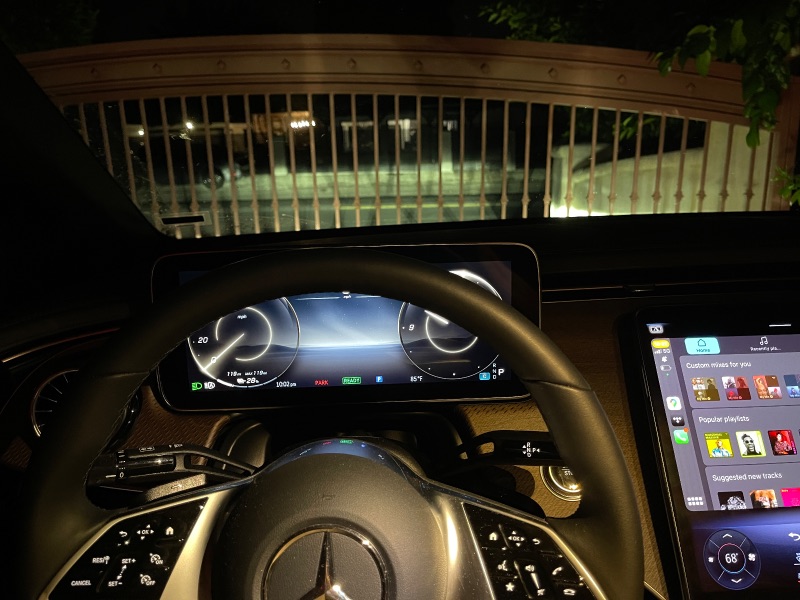

 TJWhiteStar
TJWhiteStar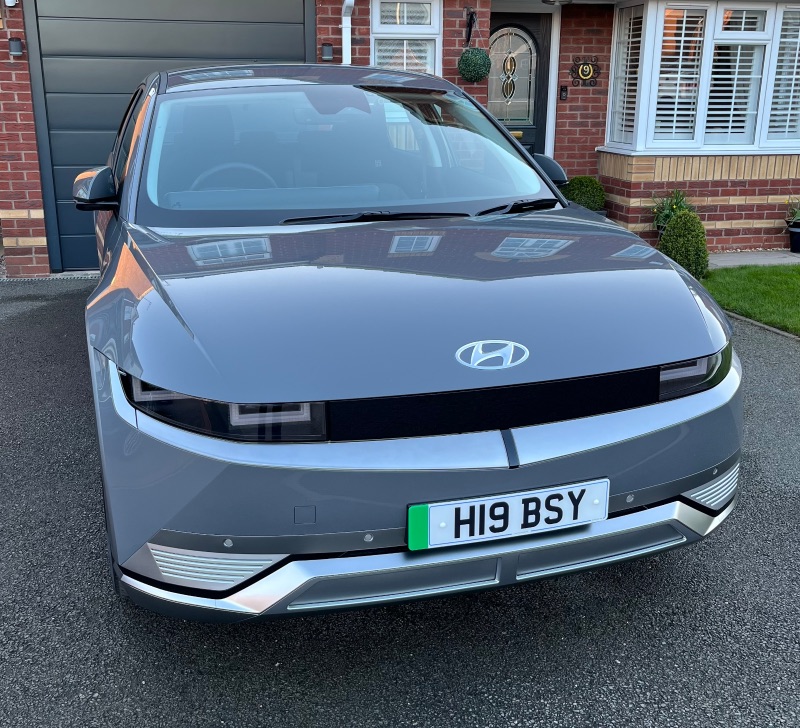
 Ant
Ant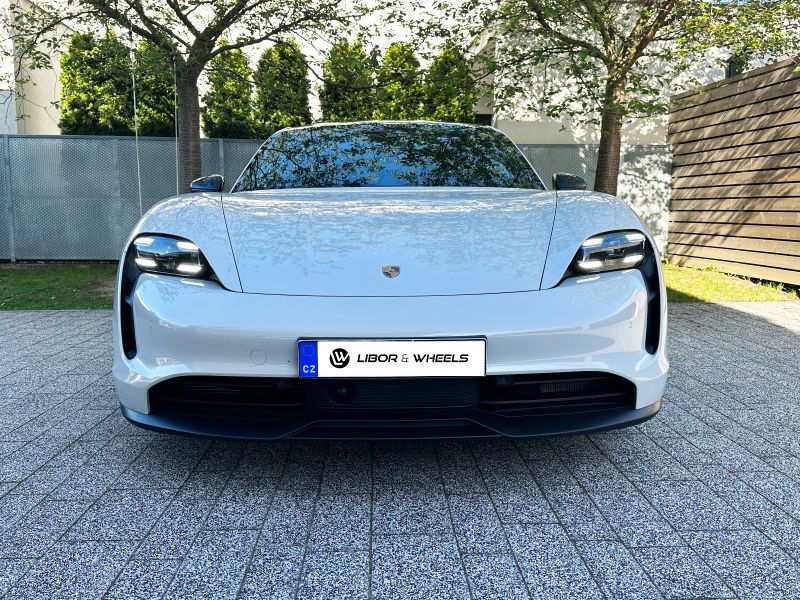
 libor&wheels
libor&wheels